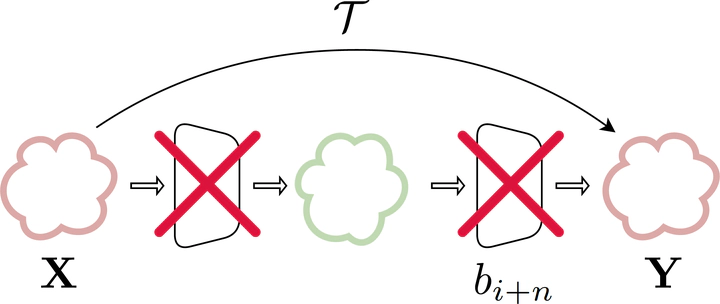
Abstract
Deep neural networks often learn similar internal representations, both across different models and within their own layers. While inter-network similarities have enabled techniques such as model stitching and merging, intra-network similarities present new opportunities for designing more efficient architectures. In this paper, we investigate the emergence of these internal similarities across different layers in diverse neural architectures, showing that similarity patterns emerge independently of the datataset used. We introduce a simple metric, Block Redundancy, to detect redundant blocks, providing a foundation for future architectural optimization methods. Building on this, we propose Redundant Blocks Approximation (RBA), a general framework that identifies and approximates one or more redundant computational blocks using simpler transformations. We show that the transformation T between two representations can be efficiently computed in closed-form, and it is enough to replace the redundant blocks from the network. RBA reduces model parameters and time complexity while maintaining good performance. We validate our method on classification tasks in the vision domain using a variety of pretrained foundational models and datasets.